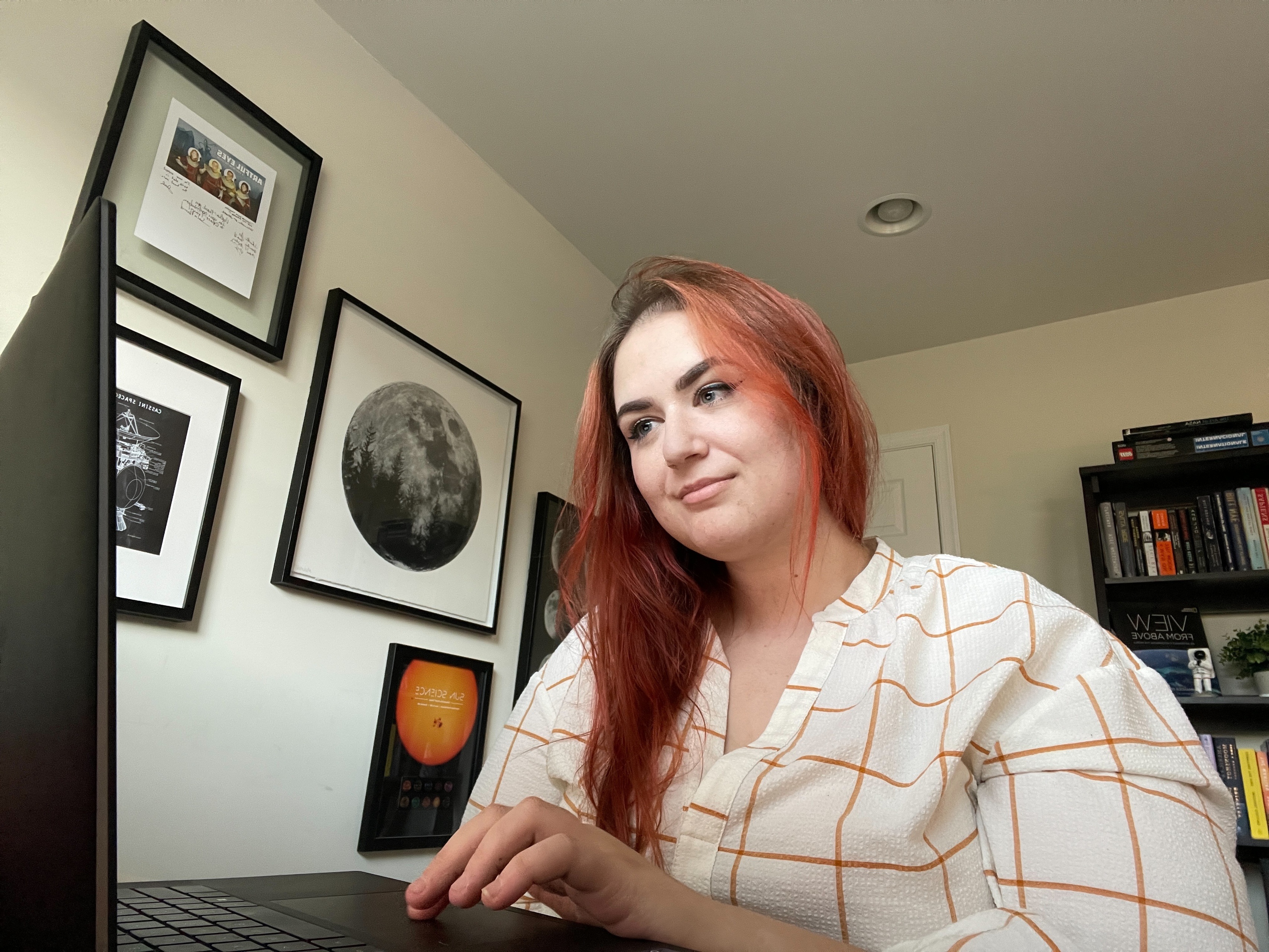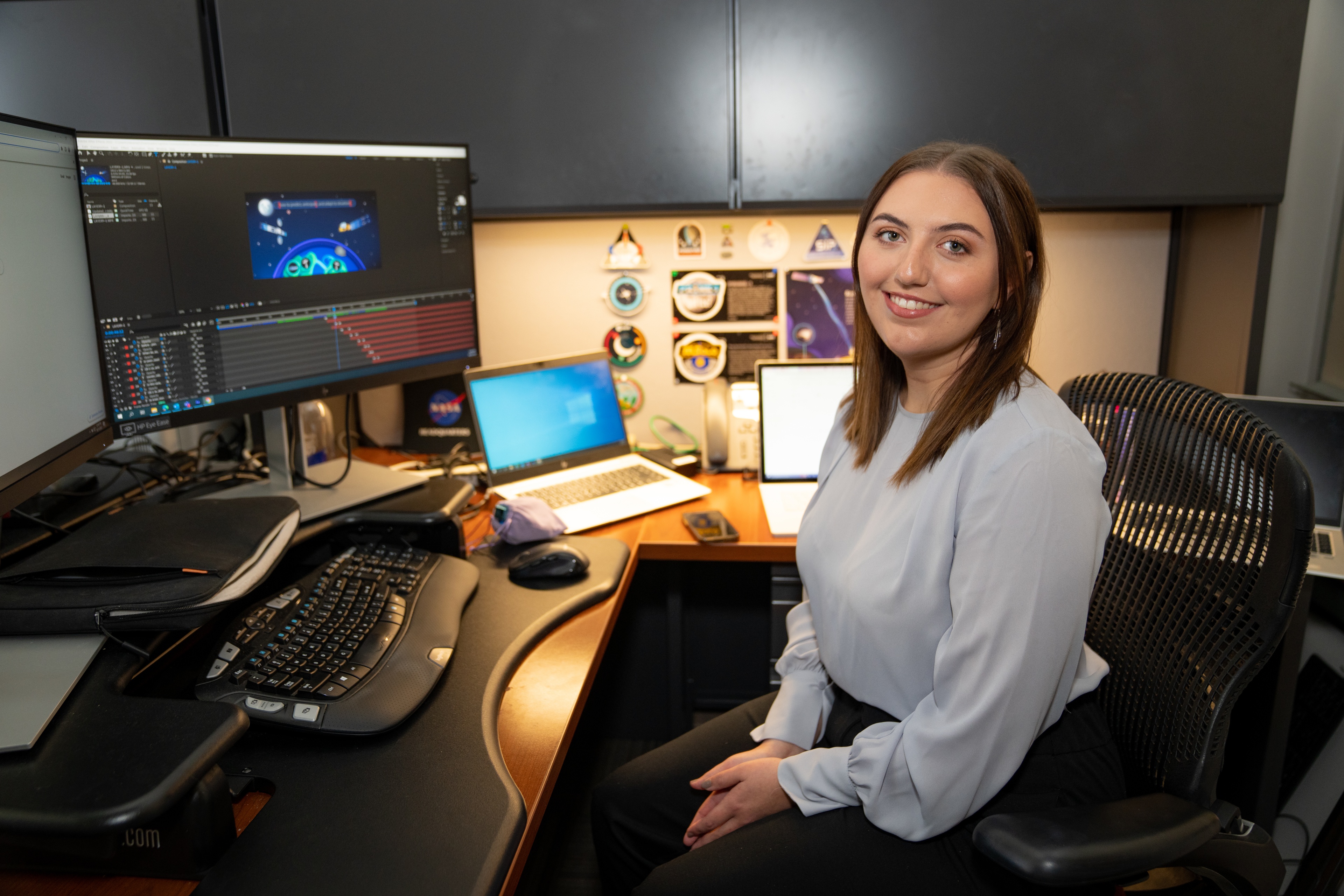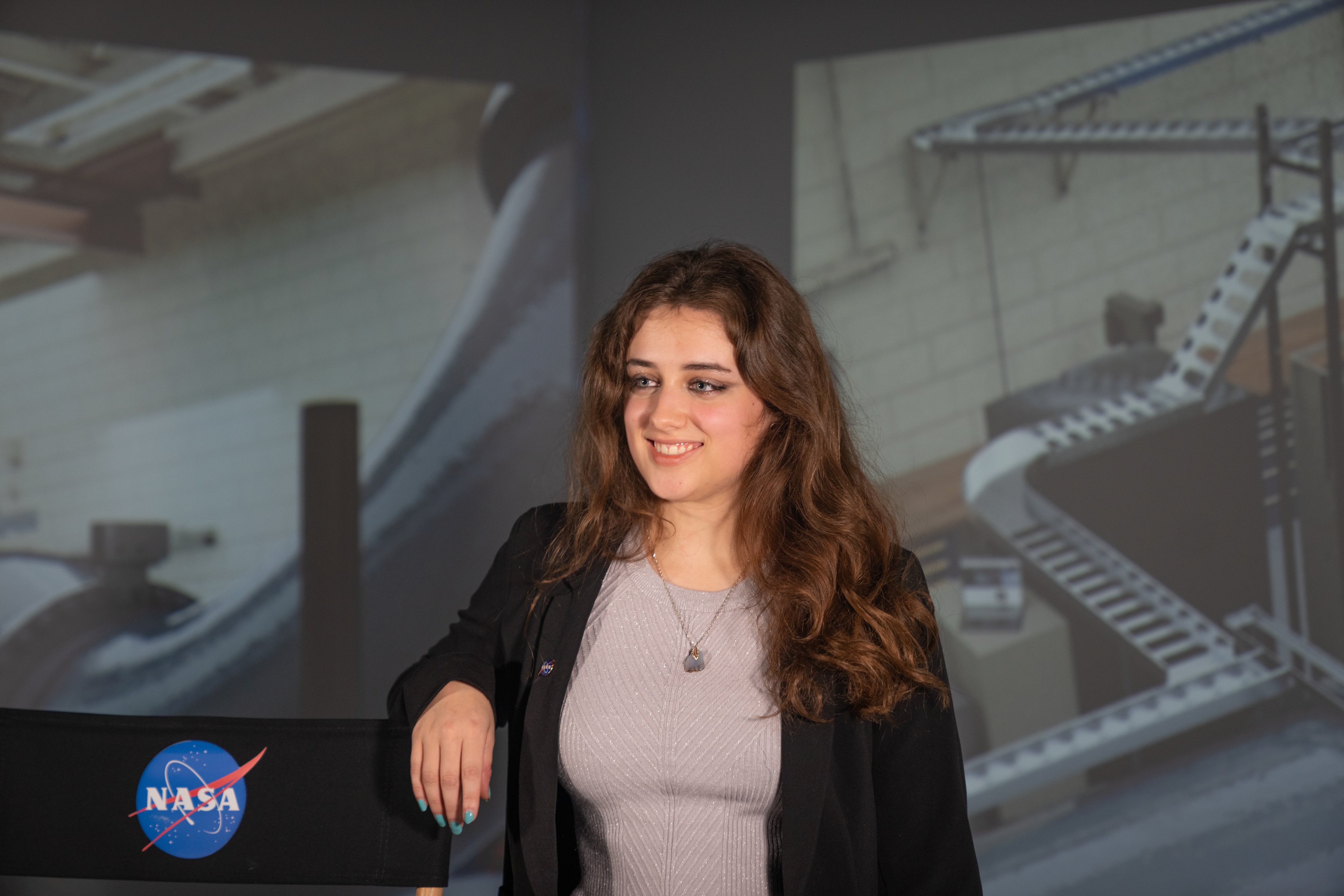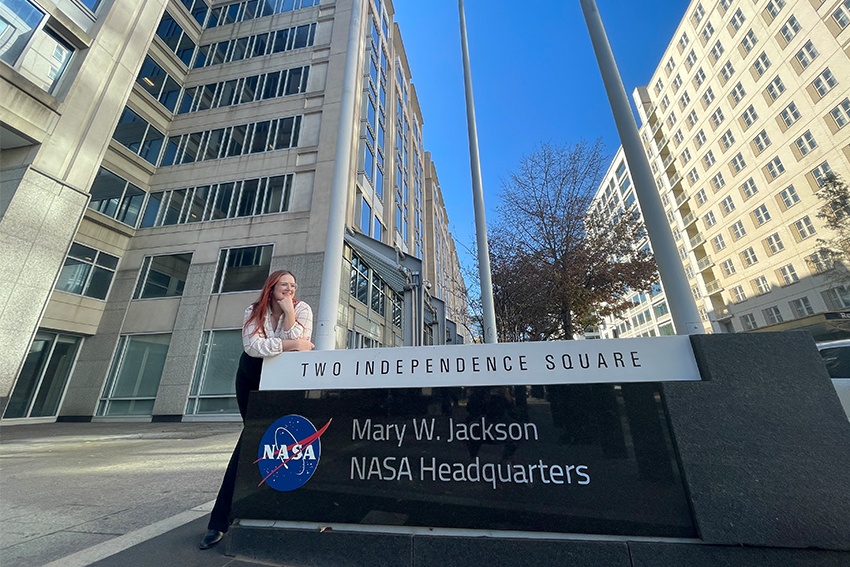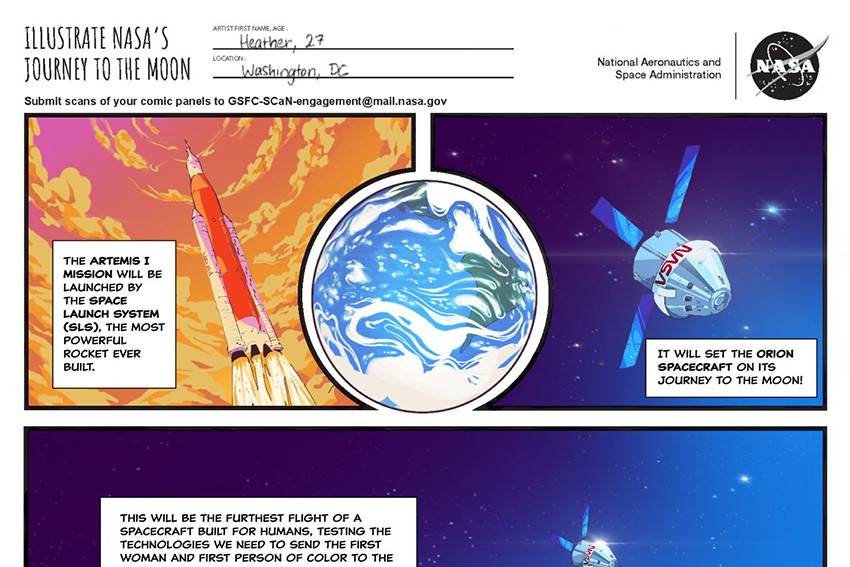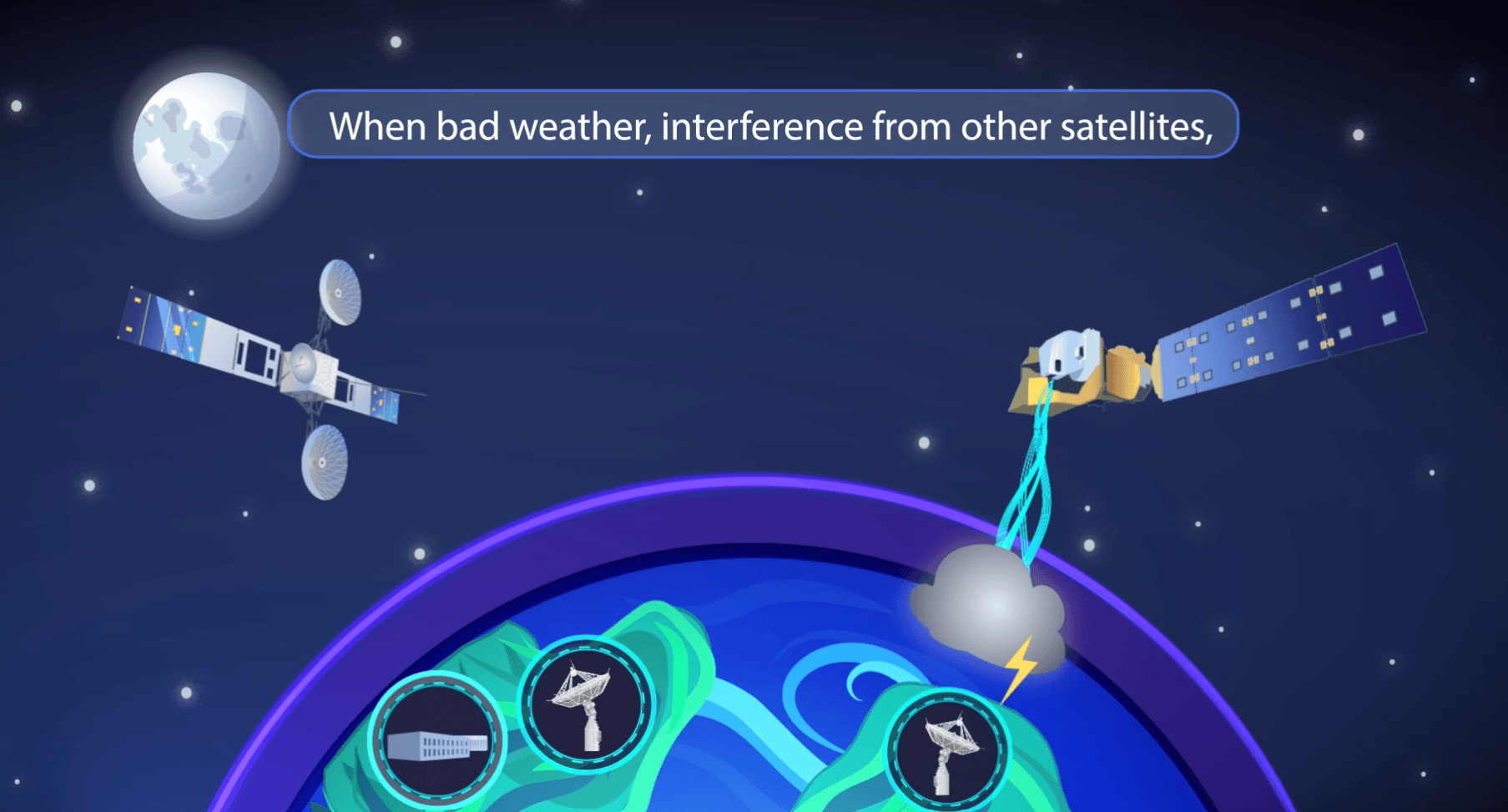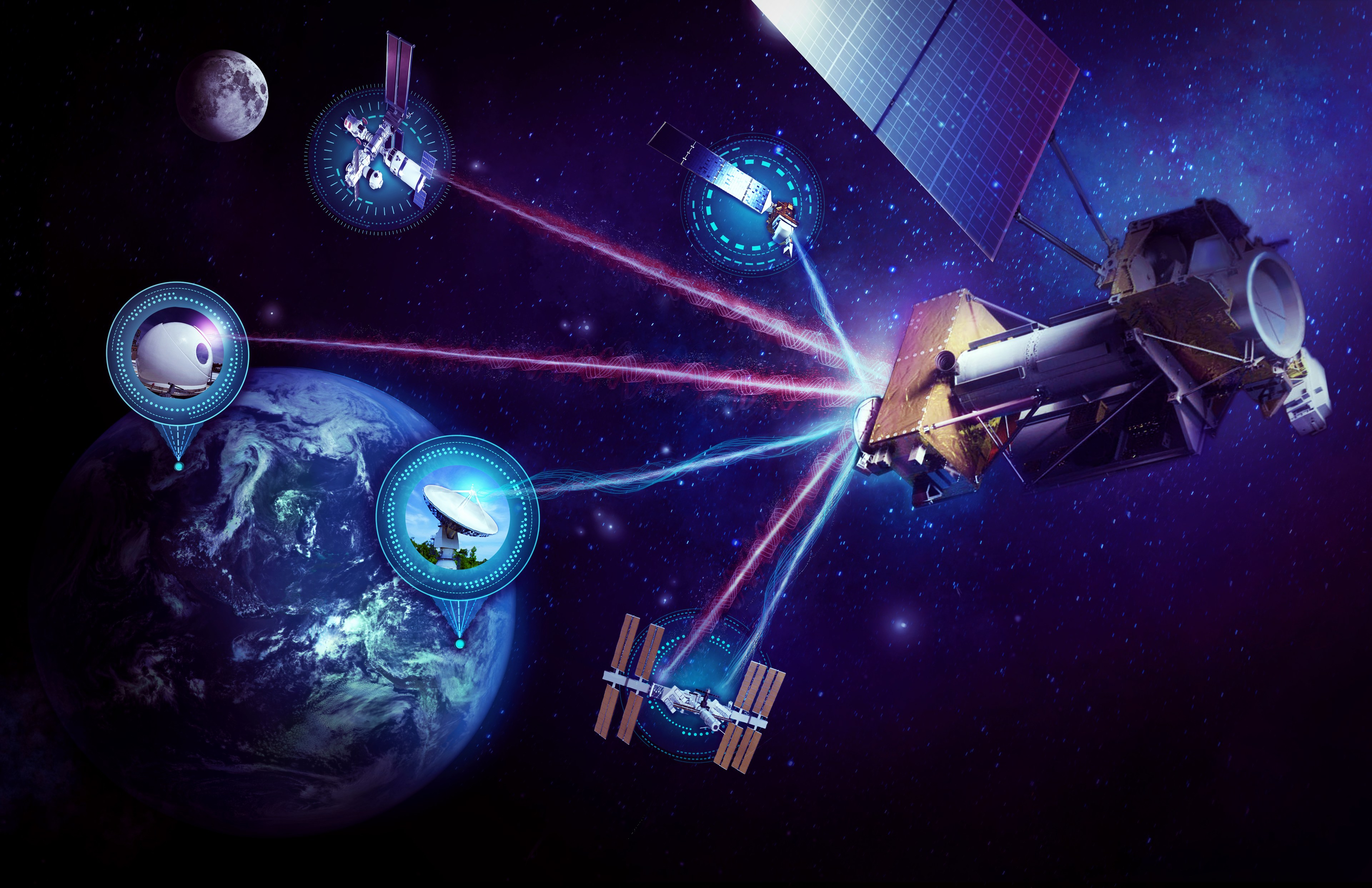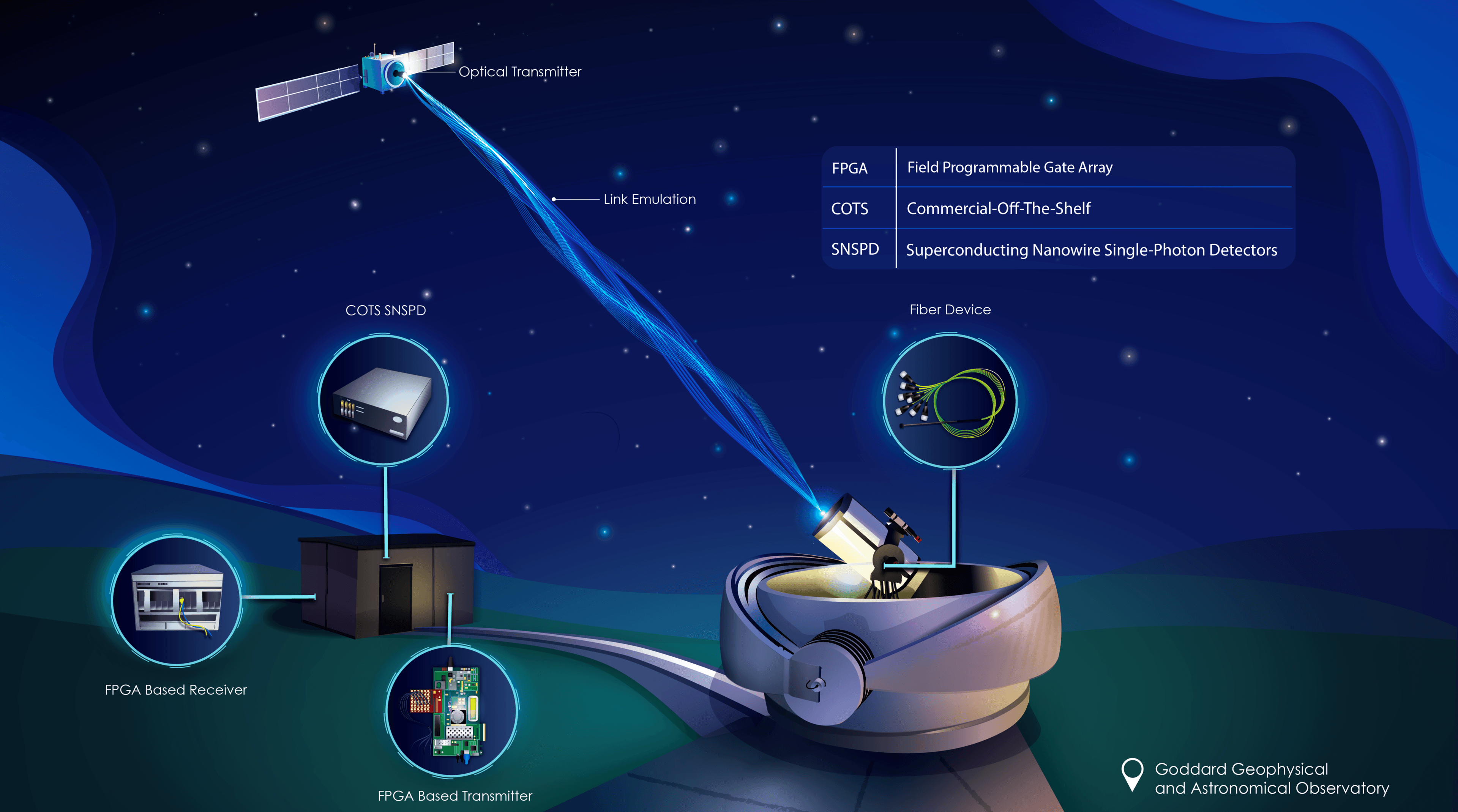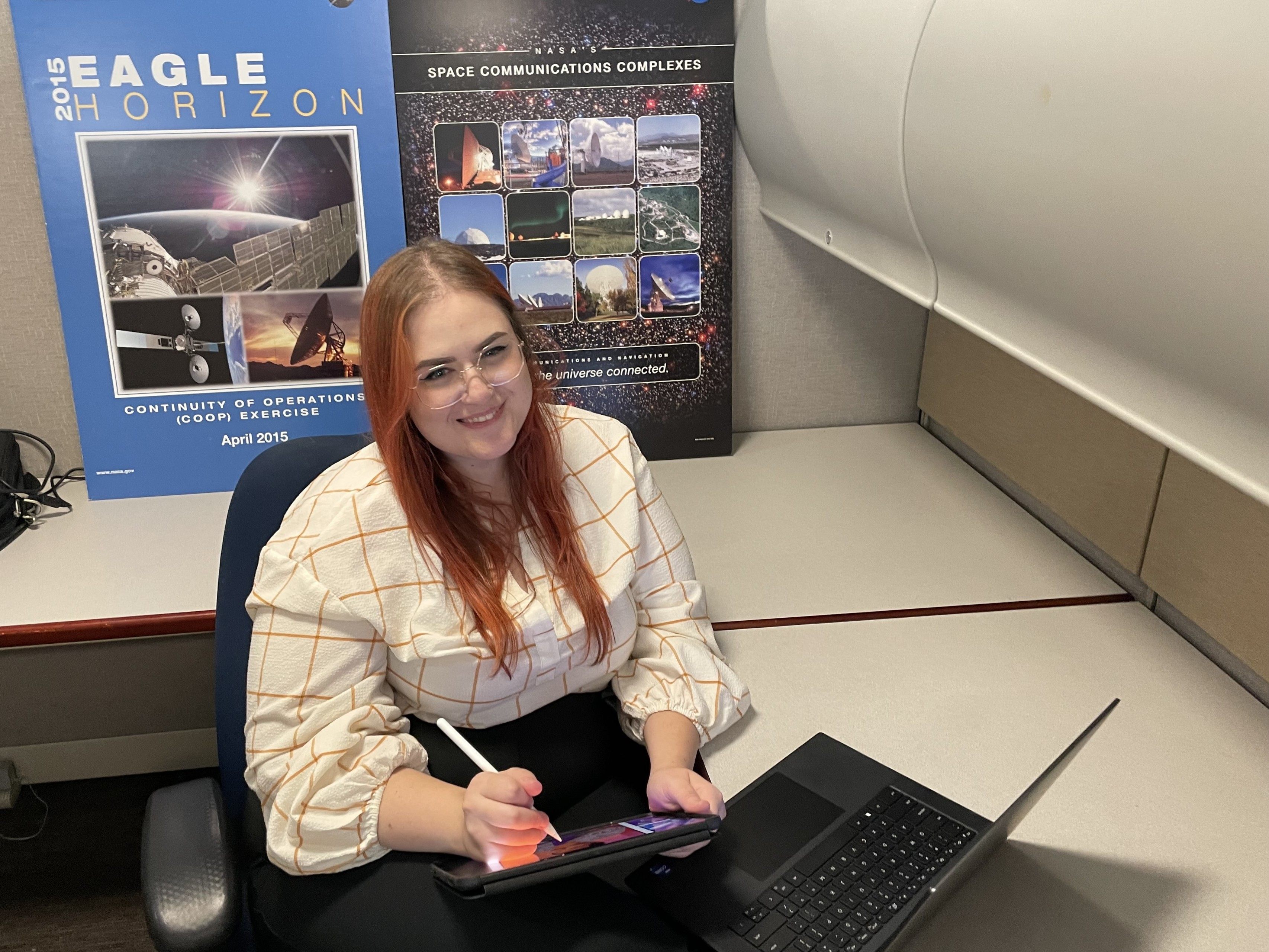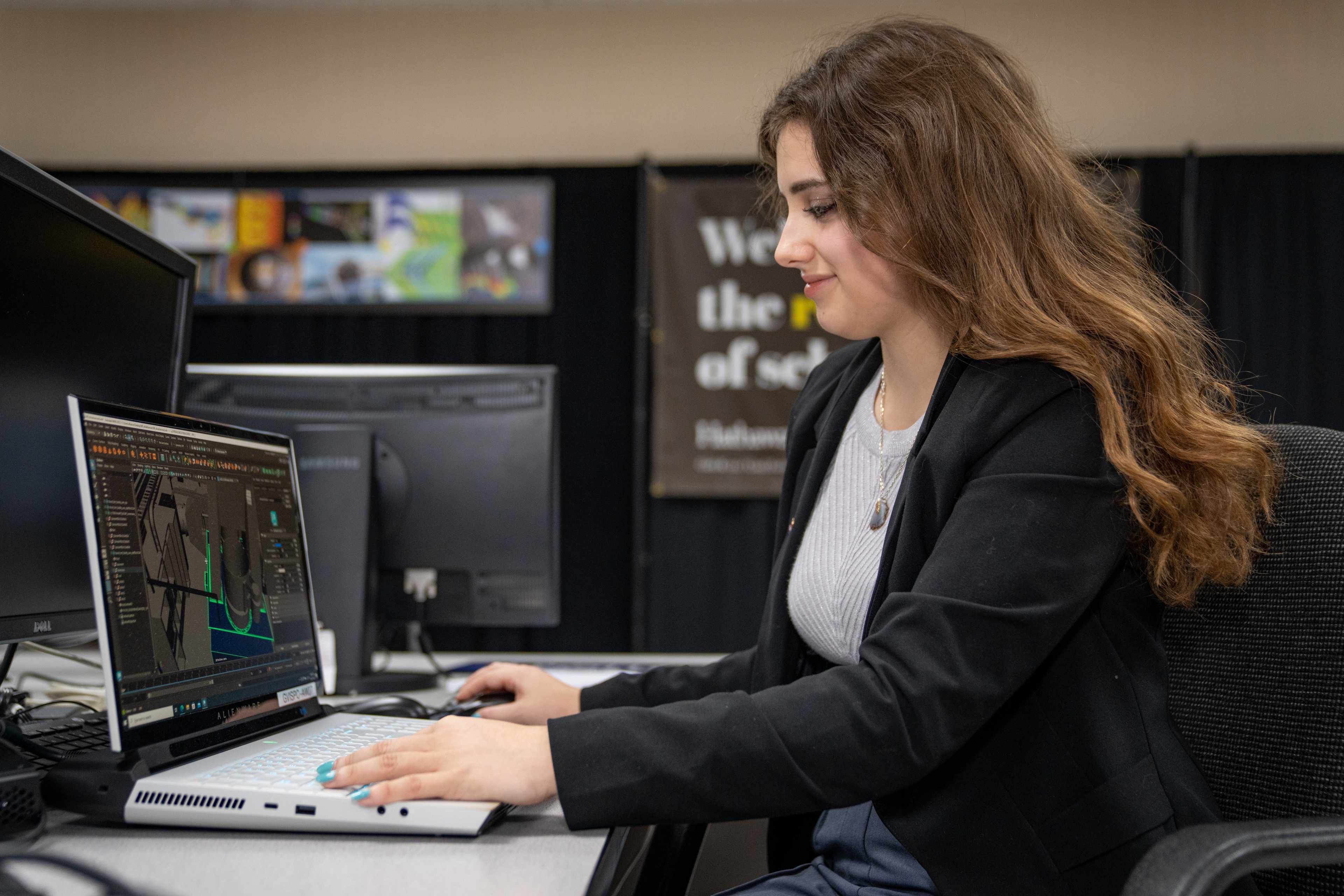Heather Monaghan
Monaghan, who has a Bachelor of Fine Arts degree in digital arts from the University, is based at the organization’s headquarters in Washington, though she often works remotely.
Monaghan and her team at SCaN enable the success of more than 100 NASA and non-NASA missions, including providing communications and navigation support for major missions like the recent Artemis 1 and James Webb Space Telescope.
“My job is to communicate about communications,” she said. “We have all these different spacecraft, but nobody really thinks about how we send commands to the spacecraft and how we receive data and images from them. I teach people what we do and how all that works.”
As a graphic designer and communications specialist, Monaghan creates graphics, illustrations, posters, social media content and infographics to help make the complexity of NASA’s work intelligible - and fun - to those outside the science community.
Monaghan said educating the public about the essential work at NASA helps inspire the next generation of scientists, engineers and astronauts. Some of Monaghan’s outreach efforts have included comic book illustrations and digital spaced-themed Valentine’s Day cards to appeal to younger generations.
She said it’s also important to make people aware of the numerous innovations and technological and scientific advancements developed by NASA.
“Space exploration is a lot more than just space exploration, and most people don’t realize that,” Monaghan said. “Space exploration enables technology on Earth.”
Monaghan said examples of “spinoffs” - products or innovations developed from space travel - include camera phones, scratch-resistant lenses, wireless headphones, memory foam, ear thermometers and more.
“You wouldn’t have things like that without space exploration,” Monaghan said. “There’s amazing, complex science that’s happening at NASA, but it’s pointless if the public doesn’t understand what’s going on. We have to excite them.”
Morgan Johnson
Johnson, who has a bachelor’s degree in digital arts and a minor in biology, was recently hired as a graphics lead for the Glenn Research Center SCaN program office after completing four internships at NASA's Glenn Research Center. In her new full-time role, Johnson said she’ll continue working with project teams at NASA to portray complex processes and technologies through digital art.


